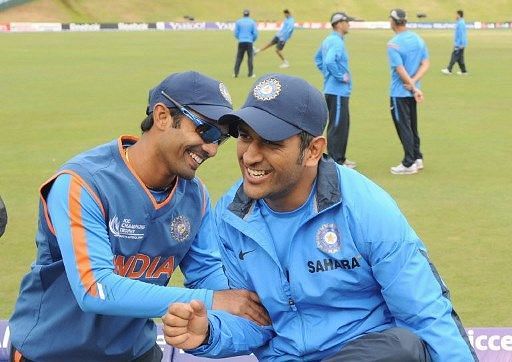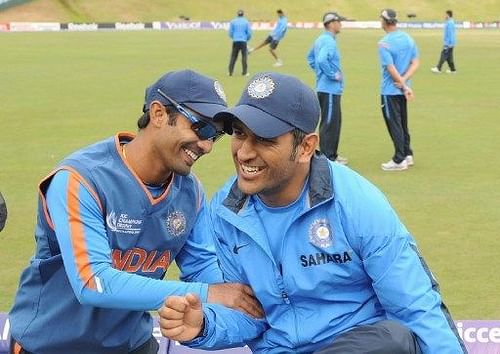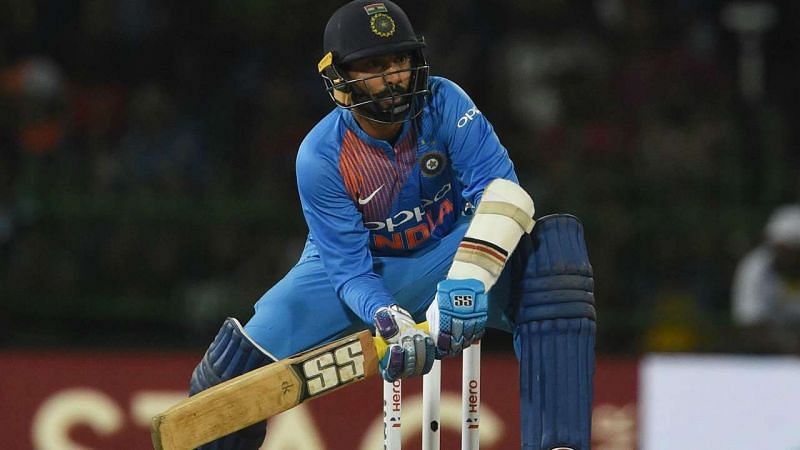
Dinesh Karthik 'the Finisher', is no M.S. Dhoni

Team India’s elongated tour Down under is finally over. It all started with a defeat against Australia in the first T20I on 21st November 2018 and ended with another T20I defeat against New Zealand on 10th February 2019.
In between India had drawn a T20I series against Australia, won a Test series for the first time in Australia in 71 years, won the one day series in Australia as well as the one-day series in New Zealand after 10 years. Their costly blemish came on the last day of the tour when they lost to New Zealand in the T20I decider by a narrow margin of 4 runs.
The series defeat to New Zealand has put an end to Team India’s dream run of 10 successive series wins across all formats. This has also put an end to Rohit Sharma’s winning streak of 7 successive series wins as the Indian Captain. This is the first time India has lost a series under Rohit Sharma.
Turning back, India should have won the third T20I at Hamilton and with that the series had Dinesh Karthik handled things differently in the final over of the innings.

India needed 16 off the final over bowled by the experienced Tim Southee with Karthik on strike. The target was by no means impossible in modern day cricket. After taking 2 runs off the first two balls, India needed 14 off 4 balls. That was when Karthik decided to take things in his own hands and refused to hand over the strike to Krunal Pandya by denying a single off the third ball.
In hindsight, Karthik should have taken that single and kept the target within the reach of mathematical proportions. At the other end, Krunal Pandya was batting equally well. In fact, Krunal Pandya’s six off the last ball of the penultimate over brought India within striking distance in the last over.
Another reason why Karthik should have taken the single was that it would have brought in the left-hander Krunal on strike. Southee would have been forced to change his line which could have resulted in some extras for India in the form of wides. Besides, in situations like the one at Hamilton, an unorthodox batsman like a Pandya is more likely to succeed than a proper batsman like Karthik. But Karthik decided otherwise and failed to finish it off in the end.
This brings us to the debate whether Karthik, the finisher, is good as an M.S. Dhoni. In the last one year, Karthik has been designated as the finisher in the present Indian team. To his credit, he has finished matches for India from impossible positions as in the finals of the Nidahas Trophy against Bangladesh.
The real difference between M.S. Dhoni and DK as finishers is the way in which Dhoni devices his innings culminating into a stunning climax. Dhoni is good at planning his innings even in a T20I where the scope for building an innings is limited.
On the other hand, Karthik is quite capable of playing the cameos with the target very much insight. At Hamilton, Karthik and Krunal joined together on the same score with India needing 68 runs off 28 balls. There were no other capable batsmen left in the hut.
The target was too steep to Karthik’s liking and required a bit of planning rather than blind hitting. Nonetheless, he got more than adequate support from Krunal Pandya which kept India in the hunt until the last few balls before Karthik had his brain fade.
It is good to see a batsman like Karthik taking the responsibility on himself to face the last few balls to finish off the match. But it looks silly when he fails to accomplish his task. More so, if the batsman at the other end is equally capable of hitting the ball into orbit.
After Karthik’s miscalculation, the question on everyone’s mind is Could Dhoni have done anything different in a similar situation? To find out the answer for the same, one had to travel back to 2014 for the T20I against England at Birmingham.
In a similar situation in the last over, Dhoni refused to take a single and put Ambati Rayadu on strike. In the end, for once, Dhoni too failed to finish off the match as India lost by 3 runs. But on that occasion, Dhoni was justified in retaining the strike since Rayadu was relatively new to the wicket having scored 3 off 5 balls. However, at Hamilton Krunal Pandya was on 25 off 12 balls when Karthik refused that single. Both the batsmen were batting on similar strike rates.
To be fair to Karthik, he never attempted to shy away from responsibility and did his best to finish off the match for India. On another day, it might have come good. But he alone cannot be blamed for India’s loss. Rohit Sharma’s scratchy innings and the failures of Shikhar Dhawan and M.S. Dhoni also played a part in India’s defeat. But Rohit Sharma’s reluctance to use Vijay Shankar as the sixth bowler when the main bowlers were taken to the cleaners was the main reason for India’s debacle at Hamilton.
Vijay Shankar is no Wasim Akram. But, with his variations in pace, he should have definitely stemmed the flow of runs and kept the target within reach. In the end, India was left to chase its highest ever target to win a T20I.
It is always a dilemma for a batsman whether to take a single or not more so when the batsman at the other end is a tailender. In modern day cricket, there are no genuine tailenders as such. Even the lower order batsmen could give a solid whack which makes them deadly dangerous.
Let us travel back in time to the year 1986 to assess the dilemma of whether a batsman should take or refuse a single. It was the famous tied Test match at Madras between Australia and India.
India needed 4 runs off the last over bowled by Greg Mathews. Australia needed just one wicket. Luckily for India, Ravi Shastri was on strike. After playing out a dot ball, Shastri took 2 runs off the second ball to retain strike. Now he had the dilemma whether to take a single and tie the scores and in the process expose Manider Singh to Greg Mathews.
The other option for him was to play out a ball or two and go for the winning strike. If he chooses to refuse the single and gets out himself, India would lose the match by one run, the narrowest of margin in a Test match.
Unlike Dinesh Karthik, Shastri had an uncluttered mind and played it safe and took a single off the third ball. Now India could not lose the match.
As if on cue, Maninder got out to the fifth ball of the last over and it was a historic tie. The results could have been different had Shastri thought something different. But one would not have witnessed a tied Test, only the second time in the history of Test cricket.